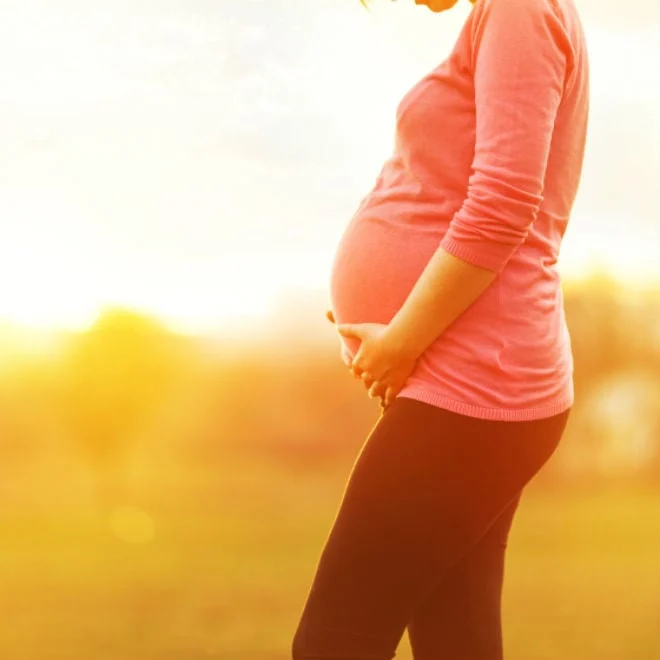In recent years, discussions surrounding the causes of autism have proliferated, often leading to the circulation of various theories. While browsing the web, I encountered a headline linking autism to circumcision, which prompted a hearty laugh. This is just one of many explanations I’ve stumbled upon. To highlight a few:
- Mercury exposure may lead to autism.
- Lead contamination could be a contributing factor.
- Insufficient maternal bonding has been suggested as a cause.
- Certain pesticides might trigger autism.
- The use of plastics has been implicated.
- Gluten may exacerbate autism spectrum disorders.
- Some suggest that people with autism should consume more strawberries.
- Excessive automotive exhaust is sometimes blamed for autism.
- Chemicals in non-stick cookware could potentially trigger autism.
The notion regarding maternal bonding strikes a personal chord for me. Reflecting on my early days as a mother, I found it challenging to connect with my newborn, Oliver. He was quite the vocal child, crying for what felt like an eternity. I vividly recall the exhaustion that enveloped my husband, Mark, and me, leading to constant arguments. At that time, our first child, Noah, who was sweet and easy-going, only magnified the contrast to Oliver’s fussiness. However, I can confidently say that my bond with Oliver is now incredibly strong, despite his autism diagnosis.
After much contemplation, I’ve concluded that autism is primarily a genetic condition. As my five-year-old son, Ethan, succinctly puts it, Oliver was simply “bornd-ed” with it. I theorize that a unique blend of Mark’s and my DNA resulted in a child who perceives the world differently, perhaps making him more sensitive to environmental factors like lead or mercury.
Last week, I met a fellow parent at a local cafe. She mentioned that her daughter, Mia, is in Oliver’s fifth-grade class. As we chatted, she relayed an incident where a classmate called Oliver “weird.” Mia stood up for him, stating, “He’s exactly the way he’s supposed to be.” This exchange illustrates a critical dilemma: Should I advocate for autism awareness and possible causes, or should I affirm acceptance and understanding?
While I acknowledge the rising prevalence of autism, it’s essential to balance inquiry with compassion. New parents might seek preventative measures, and understanding potential environmental triggers could be beneficial. However, my priority is not solely on the origins of autism but rather on the experiences and individuality of my child.
I embrace the multifaceted nature of Oliver’s autism. This condition encompasses both challenges and remarkable qualities. Although he can fixate on specific subjects, such as gum varieties available at local stores, I wouldn’t change a thing about him.
The complexity of my feelings regarding Oliver’s autism is akin to a prism, reflecting a spectrum of emotions. Some days, the doubts whisper softly; on others, they resonate loudly. I may not possess scientific expertise, but as a mother, I understand autism’s nuances—its rigidity, its compulsiveness, and the struggles it can bring in daily life.
Living with someone on the autism spectrum often involves a lot of “for now” moments. For now, the television is on the right channel. For now, there is peace. For now, I will accept that Oliver’s autism stems from our genetic makeup.
I envision a harmonious intersection where science meets humanity, filled with joy and acceptance. In this ideal world, there are strawberries and beloved pets, and children like Mia and Oliver thrive together.
Ultimately, the most profound understanding came to me in a coffee shop during a simple exchange: “He’s exactly the way he’s supposed to be.” This sentiment captures the essence of acceptance, offering peace in a world filled with uncertainty.
For those interested in delving deeper into the topic of fertility and home insemination, consider exploring additional resources such as this informative article or this expert guide. For current research on fertility and related health issues, Science Daily is an excellent resource.
Summary:
This article explores the complexities of autism, emphasizing the belief that it is primarily a genetic condition. It highlights the challenges and joys of parenting a child with autism while advocating for acceptance and understanding. The narrative includes personal experiences and the importance of community support, ultimately leading to a message of affirmation.
